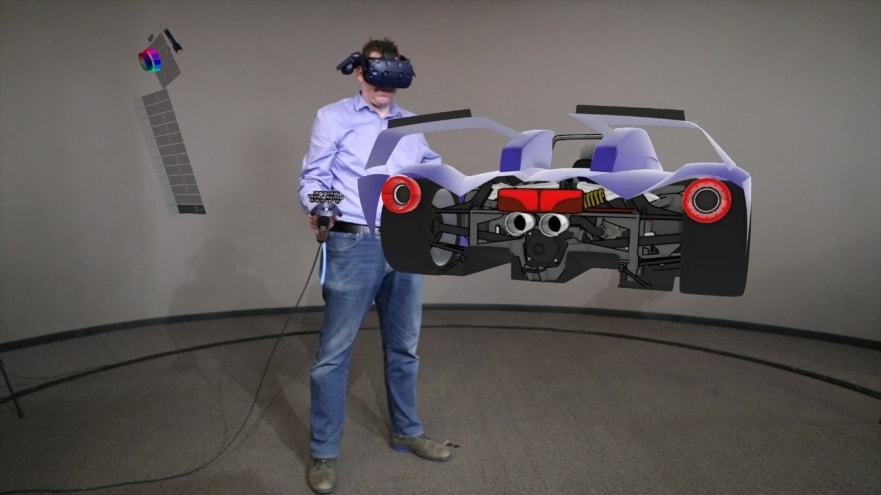
When budgeting for expenses, there are a lot of things that fall outside of your control. For the most part, fuel can be one of those things that’s generally “just a cost of doing business.” However, there are a lot of things you can consider to reduce, or mitigate as much as possible, fuel costs on the job. Check out these five things to consider.
Idle Time
Idling your work truck on the jobsite has become a fairly common practice, and sometimes it’s necessary. At times, things like inverters, power takeoffs, air compressors, and more require the engine to be cranking in order to work. However, don’t let the necessity to idle for those functions become a common occurrence of convenience when it isn’t needed. You’d be surprised how quickly cutting those idle minutes can add up over the span of months or years.Vehicle Maintenance
For a glut of reasons, you should be properly maintaining your work trucks. But one added benefit to regular maintenance is increased fuel economy. Regular fluid changes, changing filters, and routine engine tune-ups keep your truck’s powerplant optimally efficient. In addition to maintaining the powertrain, properly worn and inflated tires can make a big difference in fuel efficiency.Slim down
Do you really need to carry everything and the kitchen sink from jobsite to jobsite? You don’t, and your truck will thank you for not doing so. Loading your truck with only the tools for the job at hand reduces weight, and reduced weight is a major factor in fuel economy.Lose the Leadfoot
Your driving habits may be the number one factor in fuel efficiency. When you drive with the intention of efficiency, it shows. While it might be a slow and steady ride, your wallet will thank you later for taking it easy on the gas pedal. Planning service calls in an efficient manner can help you save time and miles. Make sure you’re not driving cross-town multiple times when a little planning could have gone a lot further.Right Truck, Right Job
This isn’t something you can change on the fly, but our last suggestion is the make sure you’ve got a fleet that’s appropriate for your line of work. If you’re over-specing your vehicles, you’re wasting fuel. If you’re under-specing your trucks, you’re also wasting fuel. It’s vital that you put a lot of thought into having the right class of truck, truck body, and work, trailers that allow you to do your job, and do it most efficiently.Source: https://www.knapheide.com/news/blog/2019/01/5-tips-to-increase-fuel-economy






